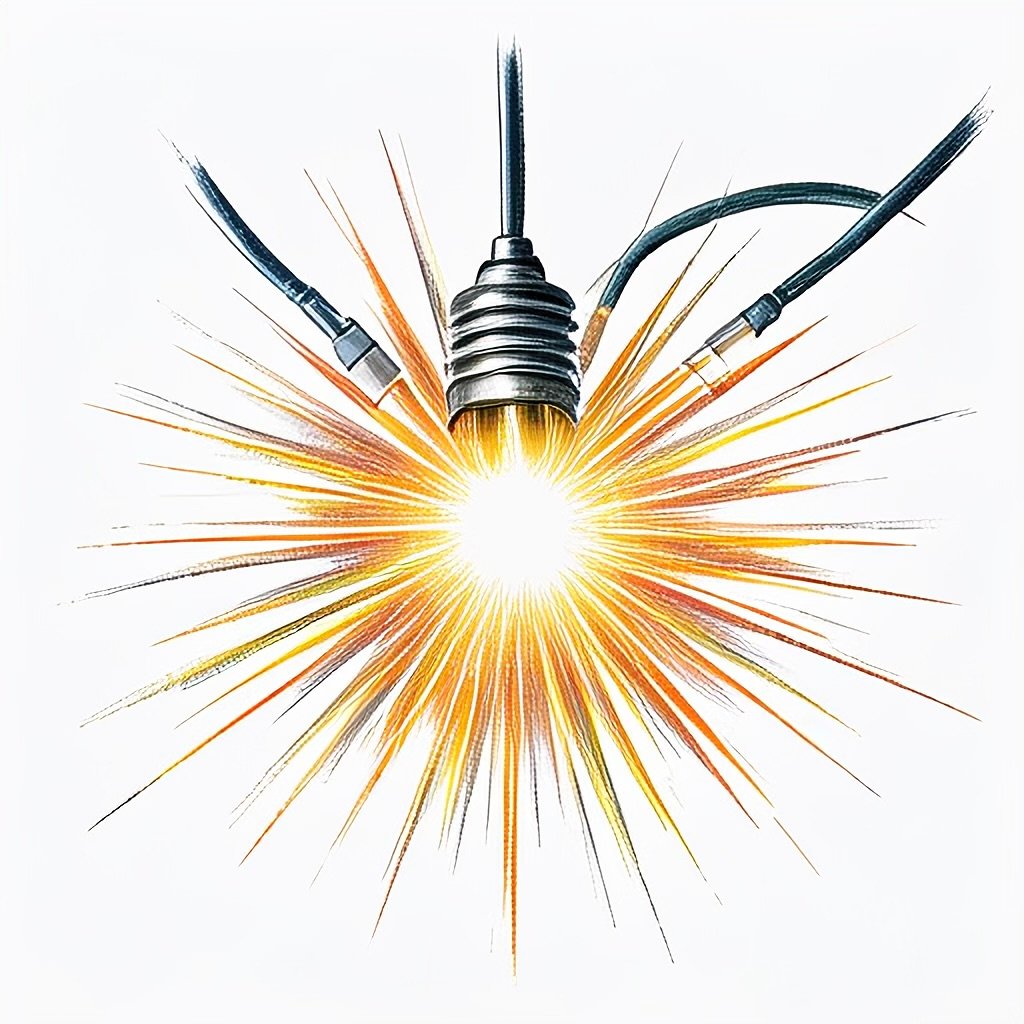Introduction
Stainless steel is a widely used material known for its durability, corrosion resistance, and aesthetic appeal. It finds applications in various industries, including construction, automotive, kitchenware, and medical equipment. In this article, we will delve into what stainless steel is, its composition, and address concerns related to the presence of nickel.
Composition of Stainless Steel
Stainless steel is an alloy composed primarily of iron, with varying amounts of chromium, nickel, and other elements. The addition of chromium is crucial as it forms a passive oxide layer on the surface, which protects the steel from corrosion. The chromium content in stainless steel is typically between 10-30%, depending on the grade.
Nickel is another important element in stainless steel, contributing to its strength, ductility, and resistance to high temperatures. However, the nickel content in stainless steel can vary, ranging from as low as 2% to as high as 30%, depending on the specific grade and application requirements.
Allergies and Nickel Sensitivity
While stainless steel is generally considered safe and hypoallergenic, it is true that some individuals may experience allergic reactions to nickel. Nickel allergy is one of the most common forms of contact dermatitis, affecting approximately 10-20% of the population. People with nickel sensitivity may experience skin irritation, redness, itching, and in severe cases, blisters.
It is important to note that nickel allergies are not caused by stainless steel itself, but rather by the presence of nickel in certain grades of stainless steel. The amount of nickel released from stainless steel is typically very low and is generally considered safe for the majority of individuals.
Minimizing Nickel Exposure
If you are allergic to nickel or have concerns about potential nickel exposure, there are steps you can take to minimize the risk:
- Choose the Right Grade: Opt for stainless steel grades with lower nickel content. For example, austenitic stainless steel grades, such as 304 and 316, have lower nickel content compared to grades like 303 or 430.
- Surface Finish: Smooth, polished surfaces are less likely to cause nickel release compared to rough or abrasive finishes.
- Coatings and Platings: Consider using stainless steel products with coatings or platings that act as a barrier between the skin and the metal, reducing direct contact.
- Proper Cleaning: Regularly clean stainless steel items to remove any potential contaminants that might cause nickel release.
Alternatives to Stainless Steel
If you have a severe nickel allergy or prefer to avoid stainless steel altogether, there are alternative materials available:
- Titanium: Known for its biocompatibility, titanium is a popular choice for medical implants and jewelry.
- Surgical Stainless Steel: This type of stainless steel is specifically formulated to minimize nickel release and is commonly used in medical and body jewelry.
- Hypoallergenic Metals: Some metals, such as gold, platinum, and palladium, are considered hypoallergenic and may be suitable alternatives for individuals with nickel allergies.
Conclusion
Stainless steel is a versatile and widely used material with numerous benefits. While it contains nickel, which can cause allergies in some individuals, the overall risk is low for most people. By selecting appropriate grades, finishes, and taking necessary precautions, you can enjoy the benefits of stainless steel while minimizing any potential nickel exposure. If you have concerns about nickel allergies, consult with a healthcare professional or a dermatologist for personalized advice.


Leave a Reply